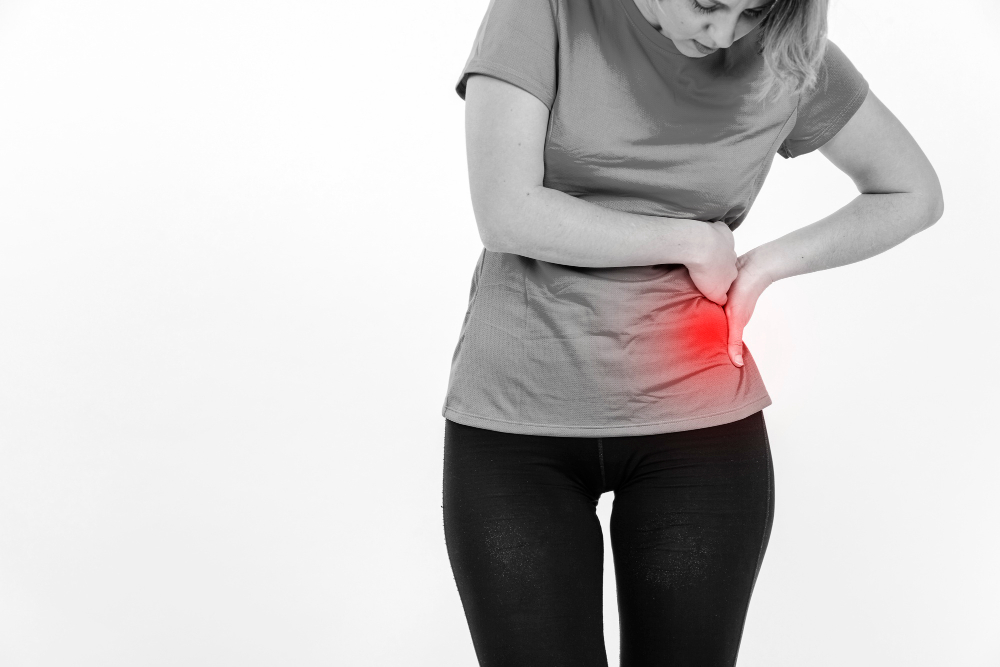- Home
- Hernia

Understanding Hernias
A hernia occurs when an internal part of the body pushes through a weakness in the muscle or surrounding tissue wall. Hernias can cause pain, discomfort, and complications if left untreated. Hernioplasty is a surgical procedure to repair the hernia and strengthen the affected area. At Neo TrueNorth, we specialize in three types of hernioplasty: Inguinal/Femoral Hernioplasty, Umbilical Hernioplasty, and Incisional/Ventral Hernioplasty.
Types of Hernioplasty
We offer both laparoscopic (minimally invasive) and open (traditional) surgical options for the three main types of hernias:
1. Inguinal/Femoral Hernioplasty
- Inguinal Hernia: Occurs when tissue, such as part of the intestine, protrudes through a weak spot in the abdominal muscles near the groin.
- Femoral Hernia: Occurs just below the inguinal ligament, often appearing as a bulge near the thigh.
2. Umbilical Hernioplasty
- Umbilical Hernia: Occurs when part of the intestine protrudes through the abdominal wall near the belly button. This type of hernia is common in infants but can also affect adults.
3. Incisional/Ventral Hernioplasty
- Incisional Hernia: Occurs at the site of a previous surgical incision, where the abdominal muscles have weakened.
- Ventral Hernia: A broader term that includes any hernia occurring along the vertical center of the abdominal wall.
Treatment ProceduresOur expert surgeons at Neo TrueNorth utilize advanced techniques to ensure effective and safe hernia repair.
Laparoscopic Procedures
- Technique: Small incisions are made, and a laparoscope (a thin tube with a camera) is inserted to guide the surgery. The hernia is repaired using mesh to reinforce the abdominal wall.
- Benefits: Faster recovery time, less postoperative pain, and minimal scarring.
Open Procedures
- Technique: A larger incision is made near the hernia site. The hernia is pushed back, and the abdominal wall is strengthened with mesh.
- Indications: Recommended for larger or more complex hernias.
Reconstructive Surgery
- Purpose: In some cases, additional reconstructive techniques may be used to restore normal anatomy and strengthen the abdominal wall.
Postoperative Care
- Recovery: Patients are monitored in the recovery room and may go home the same day for laparoscopic surgery or stay for a few days with open surgery.
- Pain Management: Pain relievers are prescribed to manage postoperative discomfort.
- Activity Restrictions: Patients should avoid strenuous activities and heavy lifting for a few weeks.
- Follow-Up Care: Scheduling follow-up appointments to monitor healing and discuss any concerns.
Potential Risks and Complications
While hernioplasty is generally safe, it carries certain risks and potential complications, including:
- Infection: At the incision site or internally.
- Bleeding: Excessive bleeding may occur, necessitating further medical attention.
- Recurrence: There’s a chance the hernia could recur.
- Chronic Pain: Some patients may experience long-term pain at the surgery site.
Why Choose Neo TrueNorth for Your Hernioplasty?
- Experienced Surgeons: Our board-certified surgeons specialize in performing hernioplasty procedures with precision and care.
- Advanced Technology: Neo TrueNorth is equipped with state-of-the-art technology to provide the latest in both laparoscopic and open hernia repair techniques.
- Personalized Care: We provide individualized care plans tailored to each patient’s unique needs and health status, ensuring the best possible outcomes.
- Comprehensive Support: Our multidisciplinary team offers comprehensive support, including pre-operative counseling, post-operative care, and follow-up consultations, to ensure a positive surgical experience.
- State-of-the-Art Facilities: Neo TrueNorth is equipped with modern surgical facilities and the latest technology to provide safe and successful hernioplasty procedures in a comfortable environment.


